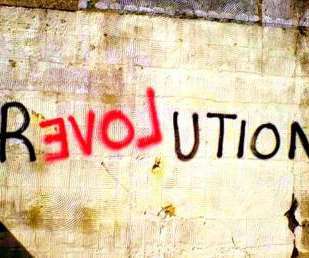The ongoing revolution in philanthropy: An open-ended reading list
Deborah Elizabeth Finn
NOVEMBER 25, 2019
The Revolution Will Not Be Funded: Beyond the Non-Profit Industrial Complex. Philanthropy Reconsidered: Private Initiatives – Public Good – Quality of Life. Deciding Together Shifting Power and Resources Through Participatory Grantmaking. Community-based participatory research. Here are 6 ways it could go.























Let's personalize your content